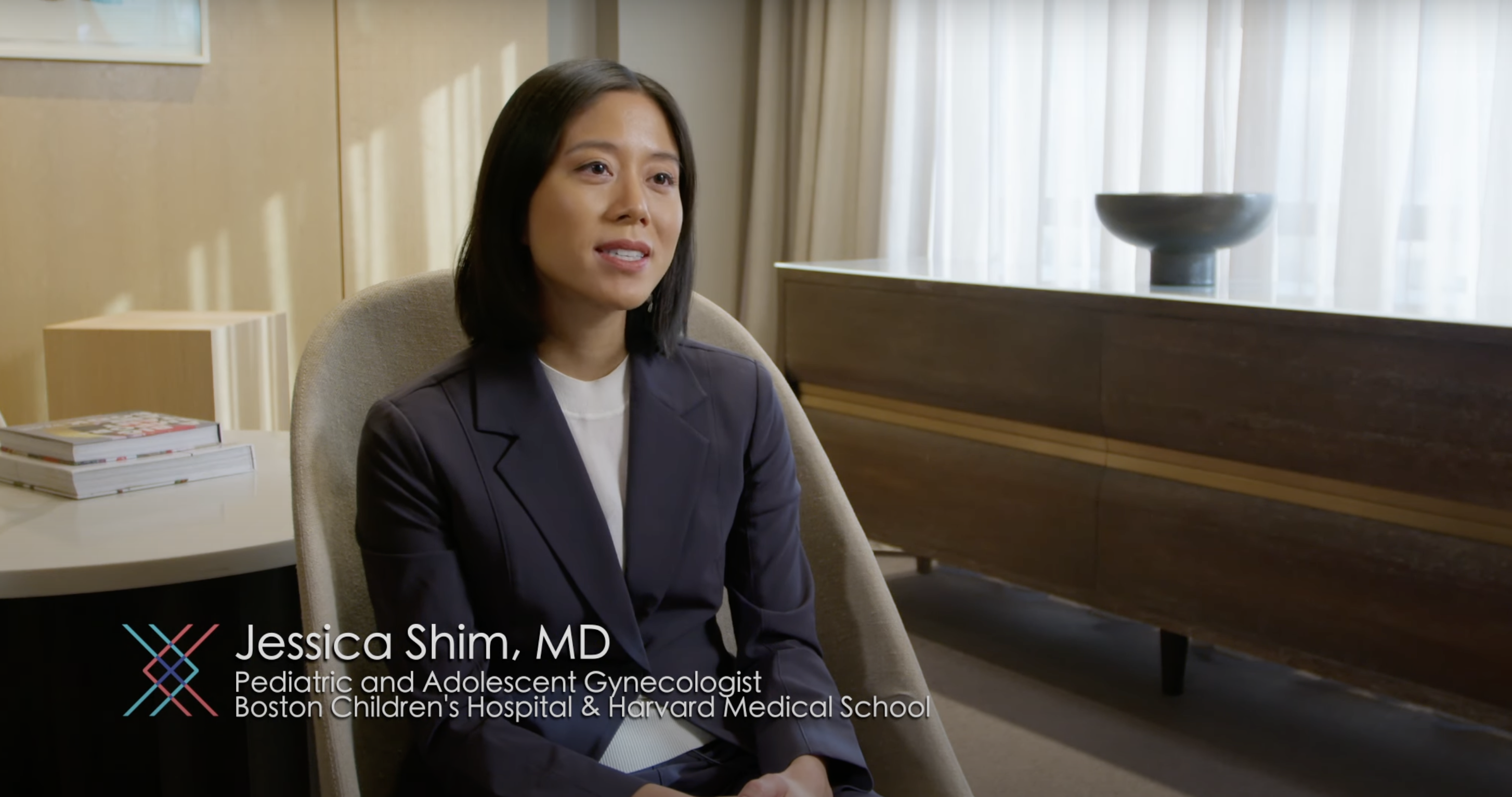By Leah Golbert, SWHR Communications Intern
Endometriosis is a condition in which tissue that resembles the lining of the uterus, also known as endometrium, grows outside of the uterus, in places it should not be. This can include growth on the ovaries, intestines, and bladder and can lead to pain, inflammation, and potential scarring within the body. In the United States, 11% of women ages 15 to 44 are affected by endometriosis. While this condition impacts such a large group of individuals across the country, there are still significant gaps in provider education surrounding endometriosis diagnosis and treatment. Delays in diagnosis average almost seven years and can be up to 12 years for some patients. In an attempt to close some of these gaps, the Society for Women’s Health Research (SWHR) has created two educational videos surrounding the importance of recognizing symptoms quickly, addressing current research needs, and patient-centered treatment approaches.
Diagnosis Gaps
It is important for providers to understand that endometriosis can happen to anyone after puberty begins. All races, ethnicities, and ages, even adolescents and postmenopausal women, can have endometriosis. Soyini Hawkins, MD, MPH, FACOG, minimally invasive gynecologic surgeon at the Fibroid and Pelvic Wellness Center of Georgia explains in the video series that the hallmark symptoms of endometriosis are frequent pelvic pain, lower back pain, and painful periods. She emphasizes that pain can also be present at other times, including during bowel movements, and intercourse. Other symptoms may include heavy or irregular periods, gastrointestinal issues, nerve pain, and fatigue. Endometriosis also carries silent symptoms: it is a leading cause of infertility in women.
Endometriosis is commonly missed or misdiagnosed because of the lack of understanding surrounding presentation, cyclical pain, and its similarities with other diseases. Dr. Hawkins notes that endometriosis is commonly clinically misdiagnosed as diseases such as polycystic ovary syndrome (PCOS), irritable bowel syndrome (IBS), pelvic inflammatory disease, or fibroids. She emphasizes, “we have to realize that these [similarly presenting conditions] can all live concurrently.” Given the long, varied list of symptoms, many individuals, particularly adolescents, may feel uncomfortable disclosing their symptoms to care providers. Pediatric and Adolescent Gynecologist Jessica Shim, MD explains, “I think it’s crucial that we interview the adolescent by themselves, without a family member, so we can facilitate open and honest communication and the adolescent can disclose symptoms that they might feel uncomfortable disclosing with a parent or family member in the room.” It’s imperative that providers dig deeper and consider endometriosis as the cause when presented with overlapping symptoms, and not turn away. As Wendaline VanBuren, MD, a radiologist and associate professor at Mayo Clinic explains, “If there are any of these symptoms that you are not able to explain in another manner, endometriosis is likely the answer. I see it so commonly.” Doctors are often trying to solve for all the different issues that endometriosis can create in the body, but rarely focus on the primary cause: endometriosis. There is a dire need for improvements in education, screening, and diagnostic guidance for physicians surrounding endometriosis.
Gaps in Approaching Treatment
The treatment journey for endometriosis can be daunting for patients. Providers should give thorough explanations about the disease and encourage shared decision-making throughout these conversations. Shared decision-making means working with the patient to identify and implement a treatment regimen through regular and informed discussions over time, approaching treatment as a continuous and changing entity. Treatment options should be readily revisited as new issues arise or old issues improve.
Dr. Hawkins urges providers to recognize that “endometriosis is not just a disorder of pain, but it absolutely affects [the patient’s] entire life.” It is a multi-faceted disease that influences and is influenced by overall health, lifestyle, family planning, financial resources, and more – and requires a multi-disciplinary care team to manage. A team of providers may include a primary care physician, gynecologist, pain management specialist, pelvic floor physical therapist, gastroenterologist, mental health professional, and others depending on the symptoms and impact of disease on the body.
Advancing Providers’ Endometriosis Knowledge
Because endometriosis care requires experts across the specialties, endometriosis education must too be system-wide, allowing diverse providers, regardless of specialty can recognize, diagnose, and initiate the referral pathway for endometriosis.
Without proper provider guidance, patients continue to experience unnecessary yet treatable pain, issues attending school or work, and mental health; patients are suffering for years longer than necessary without treatment because our health care system lacks a fast and efficient diagnosis process for endometriosis. Improving provider education on endometriosis is central to improving well-being for individuals living with the all-too-common chronic condition.
